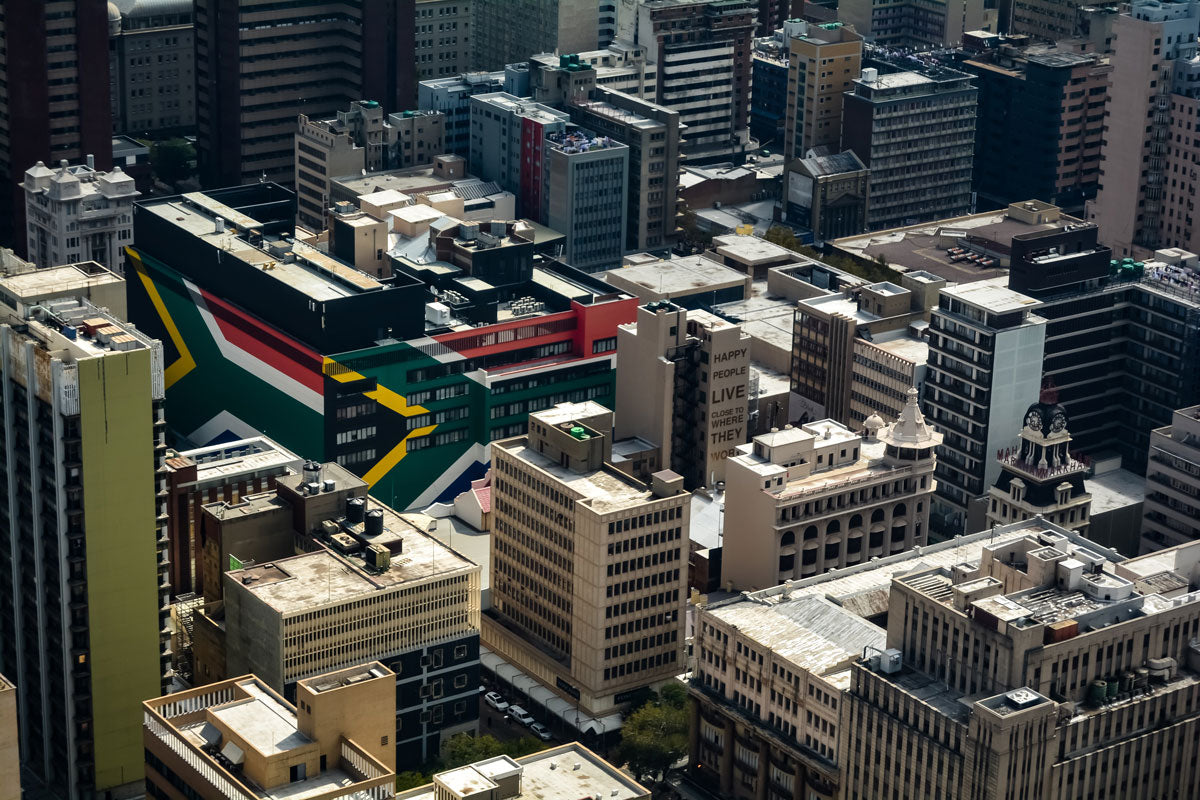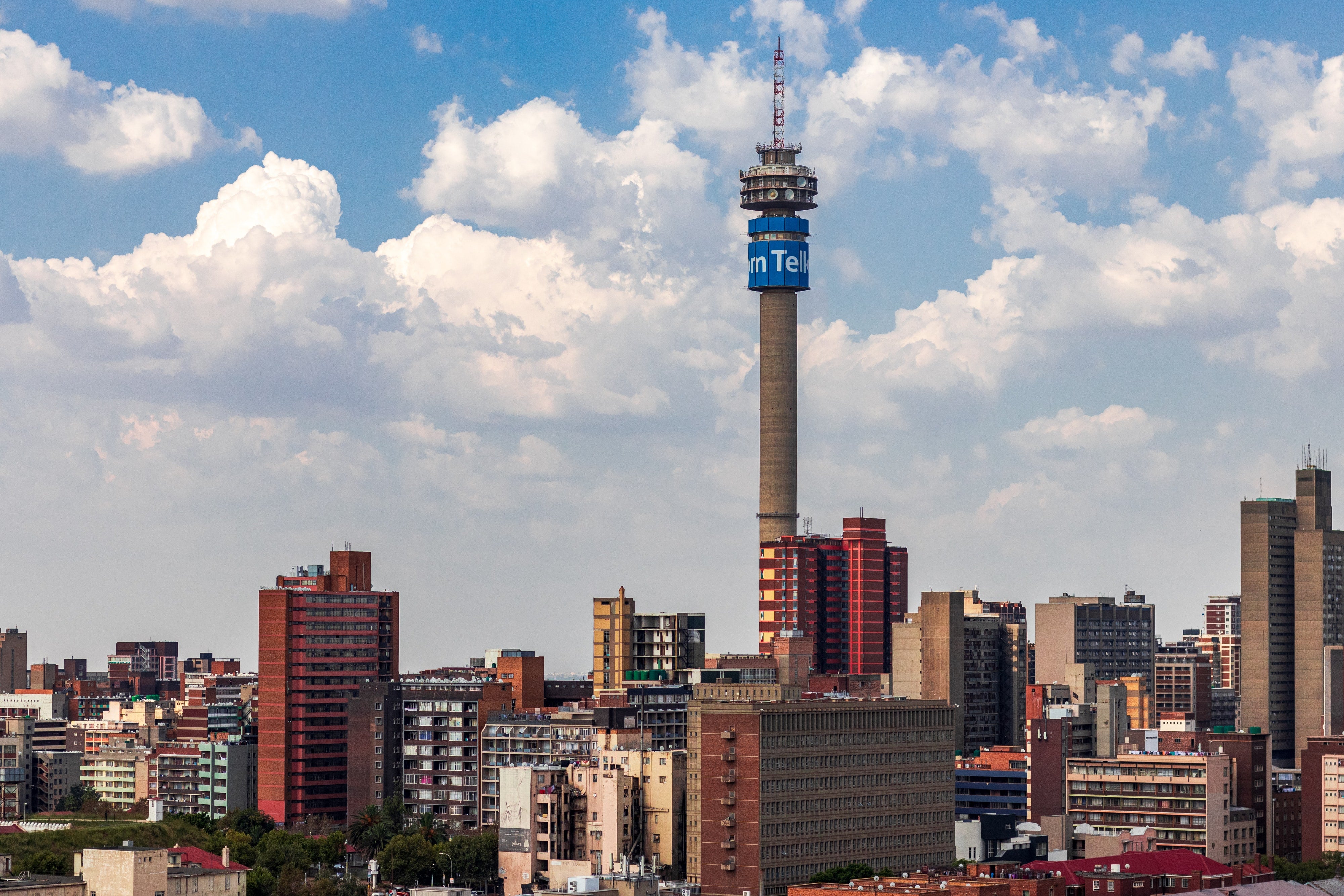
South Africa’s record-breaking power cuts at worst level since 2019
Across Africa over 600 million people are still out of reach of an electricity grid. In areas with access, the people who live and work there still face increasingly regular electricity blackouts and brownouts due to infrastructure failures and capacity shortages.
The World Bank estimates that countries in sub–Saharan Africa have annual outages from 50 hours to 4,600 hours; this equates to almost half of the time for the worst affected areas to be without power. In many countries diesel generators are used to meet the entire electricity demands of daily life.
Currently in South Africa the energy crisis is deepening as the state electricity company Eskom Holdings SOC Ltd is being pressured from all sides. In addition to crippling debts, emergency repairs and old inefficient power stations, the company is blaming previous wage negotiations and their worker’s “illegal” industrial strike actions for them implementing load shedding. On Monday 11 July 2022 and through the week, Eskom will be implementing Stage 4 load shedding between 05:00-24:00.
The state-owned monopoly produces 95% of the nation’s power; Bloomberg reports that already in July 2022 the power company has cut 2,276 gigawatt hours of electricity compared to the current-record 2,521 gigawatt hours in 2021, for the entire year.
The cuts are causing major disruption to the daily lives of over 59 million people and impeding the much-needed economic recovery following the pandemic. For the wealthy few, investments in residential generators and fuel mean that life can go on with less disturbance, but for the majority that is not the case, with families being cut off from power for up to six hours per day.
17 ways for residents to prepare for power cuts:
- Consider buying, hiring, or sharing a residential generator with neighbours.
- Keep torches and battery powered lighting solutions to hand.
- Stock up on extra batteries.
- Keep warm outdoor clothes on hand inside the home during the winter months.
- Keep your mobile phone charged.
- Stock up on battery pack chargers.
- Turn on your mobile’s low power mode.
- Keep your transport fuelled up.
- Be vigilant: Know where your nearest power lines and substations are, if you see a problem with them you should report to emergency services to avoid injury to yourself or others.
- Keep your laptop charged and surge protected.
- Keep at least one corded phone in your house.
- Consider a battery back-up or residential generator for any essential medical equipment. Most stair lifts have a battery backup fitted if you do not have one contact your manufacturer for support.
- Regularly charge emergency medical equipment.
- Keep a stock of food which doesn’t need heat to prepare and a supply of water.
- Have emergency contacts stored somewhere easy to find in low light.
- Have a written list of emergency contacts. Include: family, friends, GP, pharmacist, and utility companies.
- Buy a back up generator from a reputable company such as GFE Power Products and have it installed by a professional.



